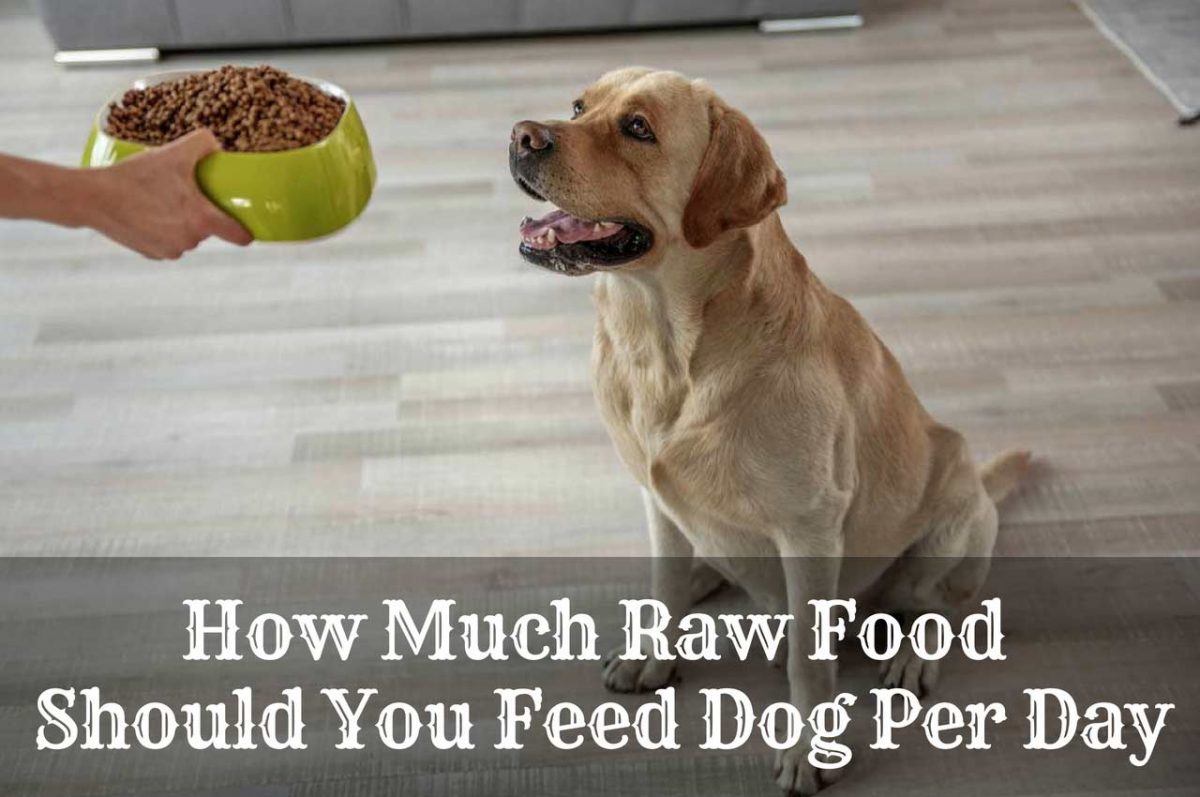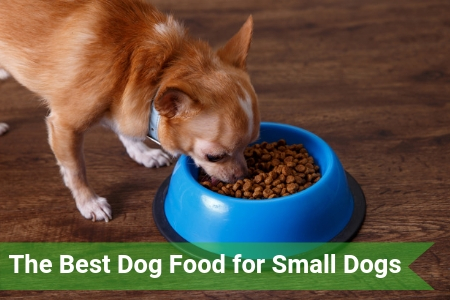Most pet parents prefer a simple and effective feeding program for their dogs. If your pet is on processed food or low-quality kibble, switching to a raw dog food dietis not complicated at all. However, if you feel changing her diet to a raw diet will be challenging, risky, expensive, or time-consuming, push such thoughts out of your mind. For a raw food diet to work, which can include raw meat, you need to figure out the best ingredients for your pet and the right proportions.
Fortunately, with planning, it will be a little less complicated than popping a can of coke. Why? Well, dogs love raw food, and it’s good for their health too. What’s more, he does not need you to spend a fortune on the best steak because your dog will do just fine on a variety of low-priced ingredients. The question, perhaps, is just how much raw food to feed dog per day.There are tons of suggestions out there and you might not know which works for your pet. Here is a simple guide to help you work out how much raw food to feed your pet.
How to Determine the Amount of Raw Pet Food to Feed Your Dog
Your pet’s needs are unique so you can’t feed her what your neighbor feeds her pet. That said, the best way to go about this is to use calories or body weight. Most pet experts would rather go the caloric way; however, if you are switching to raw food for the first time, it can be challenging at first. What’s more, it can cause your pet to dislike raw food after a few tries. Why? Well, to find the correct number of calories, you will have to do a bit of math, which can be tedious. Also, it’s not something every pet owner can carry out.
Finding data about the right raw food for your dog is equally difficult. Once you get your pet started on raw food, one of the challenges will be finding the correct calorie figures for common ingredients such as raw meaty bones, less popular offal and organs such as pancreas and some exotic meats. The point here is you can’t work out calorie numbers for the raw foods of your choice if there is no nutrition data to work with.
Percentage of body weight is the preferred method for most pet owners because you don’t need to be a nerd to crunch the numbers. Additionally, this approach works really well with all kinds of raw food. If you are new to a raw dog's diet, go with the body weight approach. Once you are comfortable with feeding him raw pet food, you can explore other approaches.
Percentage of Body Weight
The amount of raw feeding for your pet is calculated as a percentage of her body weight. Thus, if your pet is an adult dog, feed your dog just 2 to 3 percent of his body weight each day. Here are the steps you need to determine your pet’s daily rations:
Step:1
Ideal Weight
The first challenge, especially for pet owners with pups, is figuring out how much your dog weighs as an adult. Most pet parents get this part wrong so it’s the best place to start when feeding your dog a raw diet of dry food.
Breed
There are websites that provide information on different breeds such as weight ranges for adult males and females. Alternatively, you could do some research and collect information about your dog to help you know the typical weight of an adult dog of his breed. Once that’s done, all you have to do is pick the lower figure or the average of the data provided. Nevertheless, if your pet is of mixed breed, find out about both and decide what includes the needs of a mixed breed.
Ask a Vet
Sometimes, it is not easy to find breed-specific information regarding a raw dog's diet. That does not mean it’s not available. If you have searched to no avail, your vet should be able to help you. Simply give your vet a call or ask at your next appointment.
Body Condition
Like you, your pet is an individual. That means dogs have different body sizes. Some pets are lean and stocky and their metabolism functions at a different rate. That’s the reason body condition makes a perfect tool when working out your pet’s weight. If you are wondering what body condition is, think of it as body mass Index. BMI charts use attributes like sex, height, and age to arrive at weight ranges. Body condition uses a similar approach, although it is designed with your pet’s needs in mind. The way it works is it makes a list of weight ranges of dogs from the most emaciated to the most overweight. It also includes body fat, shape, and appearance.
Your Pet’s Ideal Body Weight
The figure you found as your pet’s ideal adult weight is what you will use to work out his daily raw diet rations. For instance, if he weighs 40 pounds as an adult, you will calculate 2 to 3 percent of this weight. That comes to between 0.8 and 1.2 pounds of ration per day. While that brings you closer to finding an ideal figure, you could be wondering which of the two values you should use. That is a good question. You need to consider a few other things to find the actual percentage.
Step:2
Activity Level
Activity level is an important part of the equation. To answer this question, you need to figure out how active your pet gets during the day. Most pets have a low to average level of activity. Your dog probably stays at home all day while you are busy working. Some pets are lucky enough to go out for walks, playtime, or daily runs with their owners. Unfortunately, some pet parentsthink their pets are much more active than they really are. Thus, they end up feeding their pet bigger rations than they should. If you are not sure how much to feed your pet with a raw food diet, here is a simple guide.
Inactive
Most pets are in this category. Your pet is inactive if he spends most of his time indoors curled up on his dog bed. He goes out for nature calls, a short walk or to play. If this sounds like your pet, he needs 2% or less of his body weight to stay healthy.
Active
Active pets go out and exercise a lot. Most of the time you will find them outside running around and they usually go beyond the usual walks or play sessions. Active pets take part in adventurous activities alongside their parents. These include running, hiking, hunting, and even biking. Such pets need more than 2.5% of their body weight to stay healthy.
Average
Pets with an average level of active exercise for more than one hour up to several hours at a time. If this sounds like your pet, he needs 2 to 3% of his body weight daily to function at an optimum level.
Working and Athletic Dogs
The needs of working and athletic dogs differ significantly. Mostly, their needs depending on what they do and the frequency. For the most part, this falls within the normal range. Other pets in this category need 3.5 to 5% of body weight to keep up their energies.
Step:3
Make Adjustments for Weight Gain and Loss
Up until now, you have a good idea what percentage is best to kick-start her rations. However, you also need to put into consideration his present weight. If your pet weighs 40 pounds, you are good to go. But, if after figuring out her activity level and ideal weight, you find out he is underweight or obese, then you need to make a few adjustments for gain or loss of weight. When decreasing or increasing her raw rations, start small and gradually increase his rations by 0.25% until his weight normalizes. He won’t gain or lose weight that fast so you should be patient with him.
Step:4
Life Stages
Pets have differing raw food requirements based on their life stages. For instance, the amount of raw food you will feedyour pup is not the same as what you would feed a pregnant dog.
Puppies
Puppies take to raw food quite easily. The difference between pups and adults is that they eat quite a lot and for a good reason. They need more food to support their rapidly growing bodies. If you are not sure when to get your pup started on raw food, the answer is immediate. In fact, most pet parents wean their pups to raw foods immediately they are brought home. There are two approaches to feeding pups; the first is based on 2 to 3% of an adult dog’s weight of the same breed. The other one is 10% of the pup’s weight each day. The first approach is easy when it comes to purebred pups. The second approach is best suited for pet parents who are not sure how much an adult of the same breed weighs. Weigh your pet at home, but if he is too large for your weighing scale, go to PetSmart or Petco. They have scales that can weigh large pets.
Here is an important fact to consider: As soon as 10% of your pup’s weight is more than 2 to 3% of ideal adult weight, start feeding her 2 to 3% of adult weight.
Consider Body Condition for Pups Too
Be mindful of your pup’s build and modify the amount of raw food in his diet accordingly. For pups that look thin, increase the quantity of food they eat. Be careful not to overfeed your pup because most pet parents have a warped opinion when it comes to healthy canines. It is for the same reason that more than half of the pets in America are obese. Here is a fact: pups tend to look thin as they grow, which is normal. People who know nothing about ideal pet weight often tell pet parents with a pup that their pet is thin. Emaciated or underweight conditions differ for a flourishing pup. If you are in doubt about your pet’s condition, schedule a visit to your vet.
Pregnant Pets
Pregnant dogs have the same requirements as pups from a feeding viewpoint. Once you are certain your pet is carrying pups, begin increasing her daily ration of raw food from 3to 5%. As soon as she delivers, keep her rations at 5%. Her highest point is just before you wean the puppies. After they are weaned, you can lower your dog’s raw food rations back to 3%.
Senior Pets
There’s no major difference between senior dogs and older ones. However, if your pet is a senior, chances are he is not that active. In this case, you can go ahead and reduce his daily rations of raw food.
Step 5: Size
When figuring out the amount of food to feed your pet, here are the rules of thumb: forget about linear guidelines. What does this mean? Don’t assume that feeding requirements increase with size. For instance, it is normal to assume that your 40-pound pooch needs twice as much raw food as your 20-pound pup. Unfortunately, this is not the case. The truth is that small pets consume more for their size than larger dogs.
Final Thoughts
Shifting your pet’s diet from processed to raw sounds easy; however, the biggest challenge is working out how much to feed your pet on a daily basis. If you don’t fancy sitting down and crunching some numbers, a visit to your vet is often the easiest way to get information. Otherwise, the next best option is to find out her ideal weight, breed, and life stage and feed him a fitting diet. Nevertheless, remember to feed your pet moderate rations because pets that are fed less food live much longer. Also, keeping him lean and lowering food rations as he grows older adds up to two years to his life. From there, everything else is easy-peasy!






